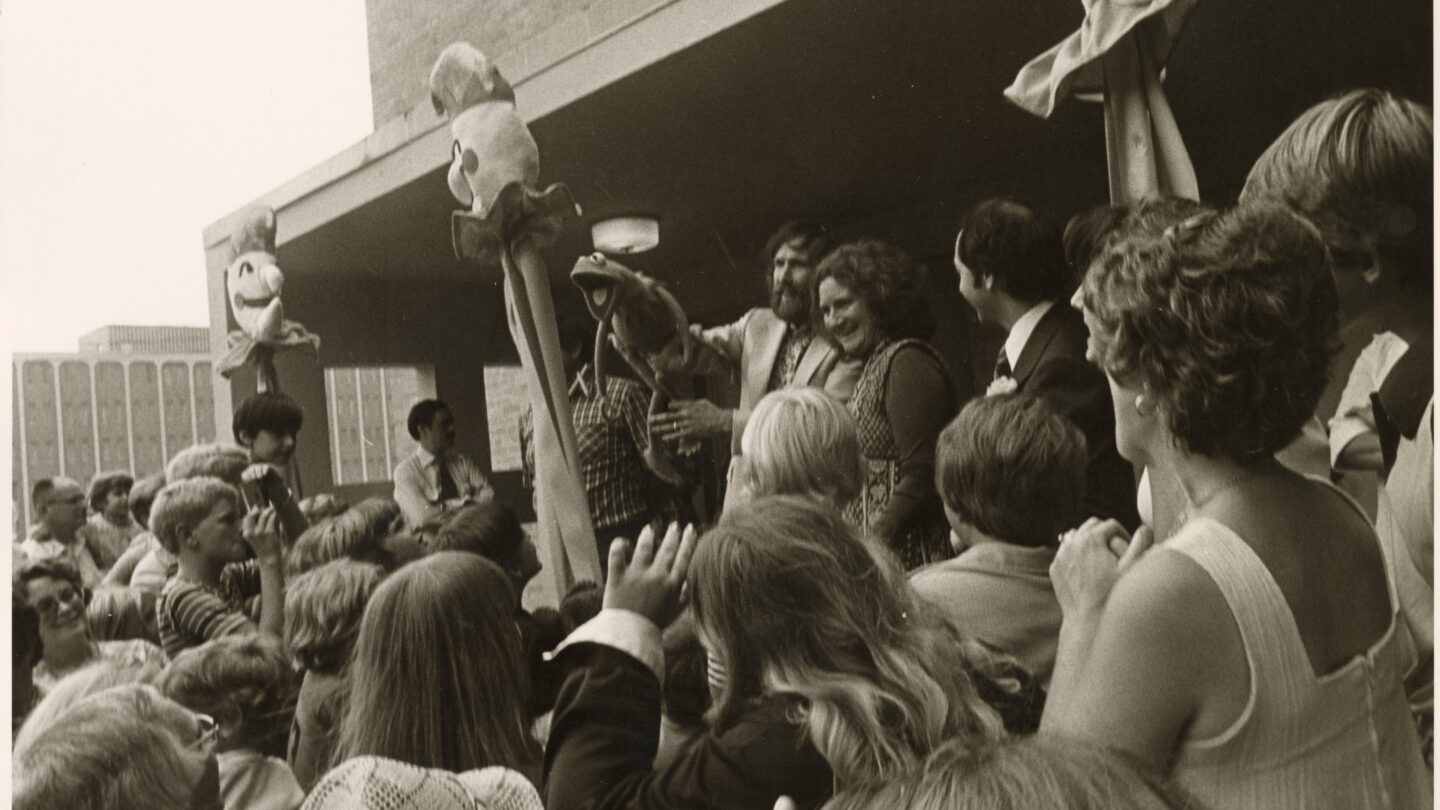
Muppets creator Jim Henson and beloved Muppet, Kermit the Frog, opening the Center for Puppetry Arts in 1978, Courtesy of the Center for Puppetry Arts Archive.
In September of 1963, Vincent Anthony, a young actor living in New York City answered an ad in Backstage magazine for an audition with the Nicolo Marionettes, a puppetry company. His audition would be his first experience with the vast and varied world of puppetry. It would also set in motion events that changed the art scene in Atlanta, Georgia. Anthony had had a brief brush with marionettes in junior high school, but other than that he had no puppetry experience. The fact that he had trained as an actor though, was quite helpful. Nicolo Marionettes’ Nick Coppola explained: “Having had experience in theatre,” he later wrote about young Vince, “his readings were very imaginative and precise.” Part of the audition involved interacting with/manipulating a puppet, in this case, Pinocchio. Anthony took to it quickly and fell in love.
For several years, Anthony toured with Nicolo Marionettes, before branching out and starting his own company: Vagabond Marionettes, which eventually found a home in Atlanta. Vince Anthony and the Vagabond Marionettes didn’t end up in Atlanta by accident. It was a strategic choice on Anthony’s part. He’d toured all over the Southeast and noticed that Atlanta was starting to develop an interesting arts scene with new establishments like the Memorial Arts Center. It had little to do with puppetry yet, and Anthony saw an in. In 1978, he expanded his dream of puppetry in Atlanta outside of his own company and founded the Center for Puppetry Arts.
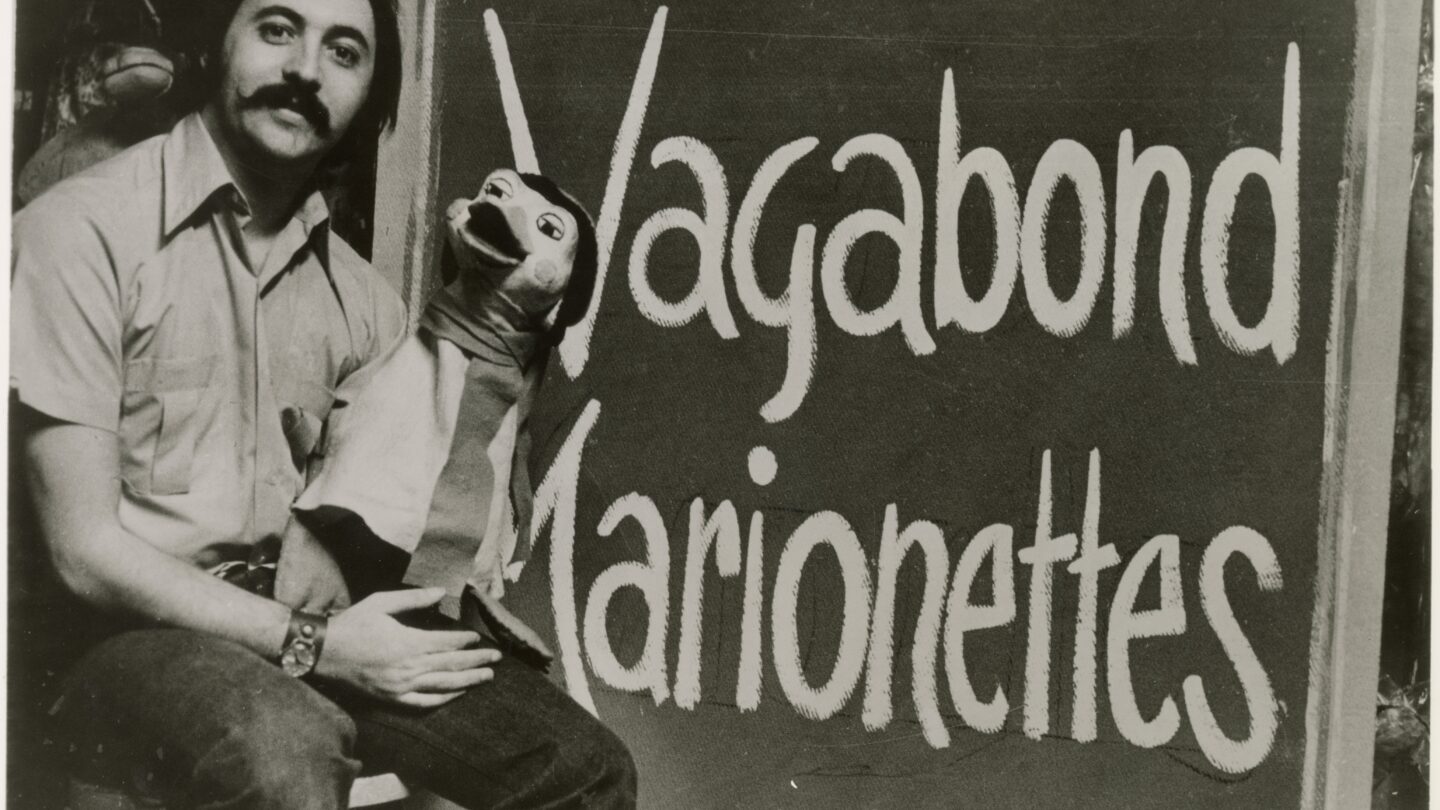
Center for Puppetry Arts Founder Vince Anthony with the sign and a puppet cast member of his puppetry company, Vagabond Marionettes, ca. 1972, Courtesy of the Center for Puppetry Arts Archive.
The Center had a prime location in Atlanta’s arts district. It was near neighbors with the Memorial Arts Center, soon to become the Woodruff Arts Center, home to cultural organizations like the High Museum of Art, the Alliance Theater, and the Atlanta Symphony. The Center for Puppetry Arts’ new building was historic in its own right as well. It was the former home of Spring Street Elementary School, which closed in 1976, after nearly eighty years serving Midtown’s children.
Construction on Spring Street School began in 1918, to provide a closer elementary school to the children in the developing Ansley Park neighborhood. When the school opened in September 1919, it had 200 students, including future Atlanta Mayor Ivan Allen Jr., who was starting the third grade.1
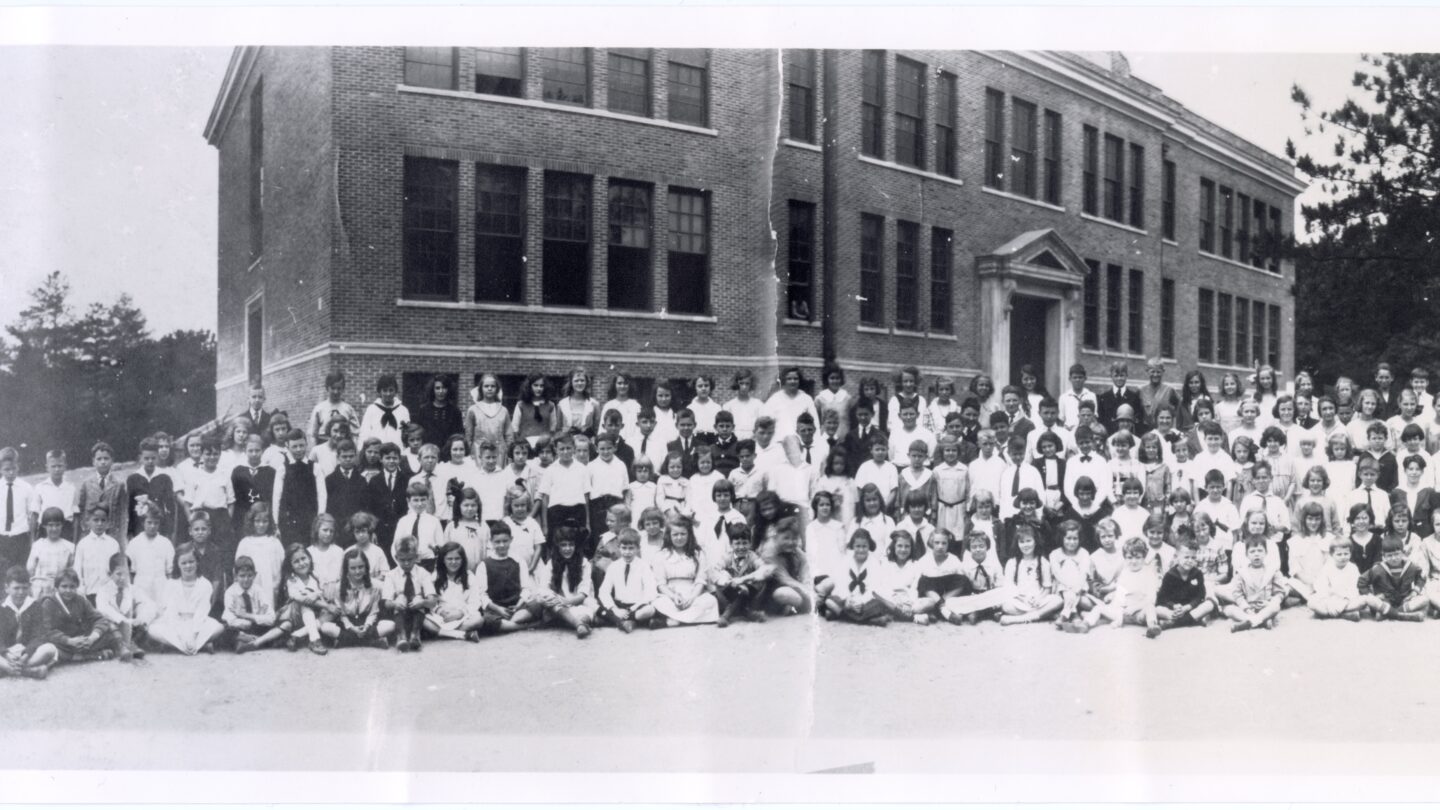
An early class photo taken at Spring Street Elementary, ca. 1919, Courtesy of the Center for Puppetry Arts Archive.
Spring Street Elementary School grew into a community pillar, known for its yearly fund-raising festivals, warm, welcoming environment, and beloved principal, Frances Douglas, who worked at the school for nearly thirty years.2 Despite early resistance, Spring Street School was also one of the first elementary schools in Atlanta to integrate. Its first Black students, who started in the fall of 1965, were Yolanda and Martin Luther King III, the children of Dr. Martin Luther King Jr. and Coretta Scott King. They were shortly followed by the children of another prominent Civil Rights leader, the Reverend Ralph Abernathy Sr. After integration, Spring Street diversified quickly. By 1969, the school was the subject of an Atlanta Journal article that deemed it one of “Atlanta’s melting pot schools” and highlighted the different social and ethnic groups that made up its student body: “A Spring Street teacher saw five children walking down the hall one day. All were laughing and talking in what sounded like a foreign language. As they came closer, she was astonished to hear that they were prattling at each other in several languages – Japanese, Chinese, Spanish, French and Hindi.”3
By 1976, however, Spring Street was in danger. The elderly school building cost more than the national average to maintain, and the Atlanta School Board was eager to close it – and other -expensive older buildings. Parents and community members protested vociferously. They loved their historic school, and didn’t want to see it go.4 However, the forces of local government were arrayed against them, and Spring Street School closed at the end of the 1976 school year.
Shortly after the closure of Spring Street School, the city council began floating ideas on what to do with the old buildings of Spring Street and other former schools like it, which the council had tried to sell to no avail, but didn’t yet want to tear down. The solution was a maintenance-for-rent deal with local nonprofits. A company could rent a school building from the city for just $1 and pay the rest of its rent in maintenance costs. The first tenant of the former Spring Street School was the Atlanta Ballet, which moved in in the fall of 1976.5 The Ballet occasionally shared the space. George and Michael Ellis, hosts of a program once known as “Film/Forum” borrowed the ballet’s space for a Greta Garbo film festival that featured 2:00 AM showings of the new cult classic, Rocky Horror Picture Show.6
On September 23, 1978, the Center for Puppetry Arts opened its doors, sharing space with the Ballet’s offices at first. Vince Anthony, its intrepid founder, had some help at the ribbon-cutting ceremony. He was joined by his friend and colleague, Jim Henson, creator of the Muppets, and of course, Kermit the Frog. Anthony went all the way to California to ask Henson to attend. “‘I told him,’” he said to Arts ATL in 2019, “‘I need your help. We’re about to open the center I’ve been talking about, and I’d like you to come.’ We were on a soundstage, where he was shooting a Muppet movie, and he said, ‘You know what? Kermit will be there, and maybe he’ll bring me along.’”7 Once the Center was officially open, Anthony started working to expand it. As Jon Ludwig, one of the Center’s most influential creators tells it, he “had answered an ad in the paper. ‘Puppeteer wanted, will train.’ I got the job and have been training ever since. It was a leap of faith hiring me since I had absolutely no puppetry experience.”8

Muppets creator Jim Henson and beloved Muppet, Kermit the Frog, opening the Center for Puppetry Arts in 1978, Courtesy of the Center for Puppetry Arts Archive.
The Center grew quickly. Shortly after it opened, the Center established a permanent museum with the collections of renowned puppeteer Nancy Lohman Staub. It also established programming series geared towards children, and another for adults. By 1980, Vince Anthony was able to successfully put forward an offer to the city to buy the former Spring Street school.9 The city accepted Anthony’s proposed payment plan, and he started fundraising. By 1986, thanks to an anonymous donor foundation and the Center’s first capital campaign, it was able to purchase the building outright.10 1981 wasn’t just a big year for Center for Puppetry Arts’ building. It also opened its first permanent exhibit, The Art of the Muppets, which drew 50,000 visitors that year, and which Atlanta turned to as a comforting source of bragging rights after being passed over for an exhibit on Tutankhamen.11 Just a year later, the Center received its first Citation of Excellence from UNIMA-USA, or L’Union Internationale de la Marionette, which was founded in 1929 and is the oldest international theater organization in the world.12 That citation was the first of many. As of 2024, the Center has received thirteen Citations of Excellence for its productions, many of them written and directed by Jon Ludwig, the leap-of-faith early hire who, much like Vince Anthony, fell in love with puppetry through experiencing it.
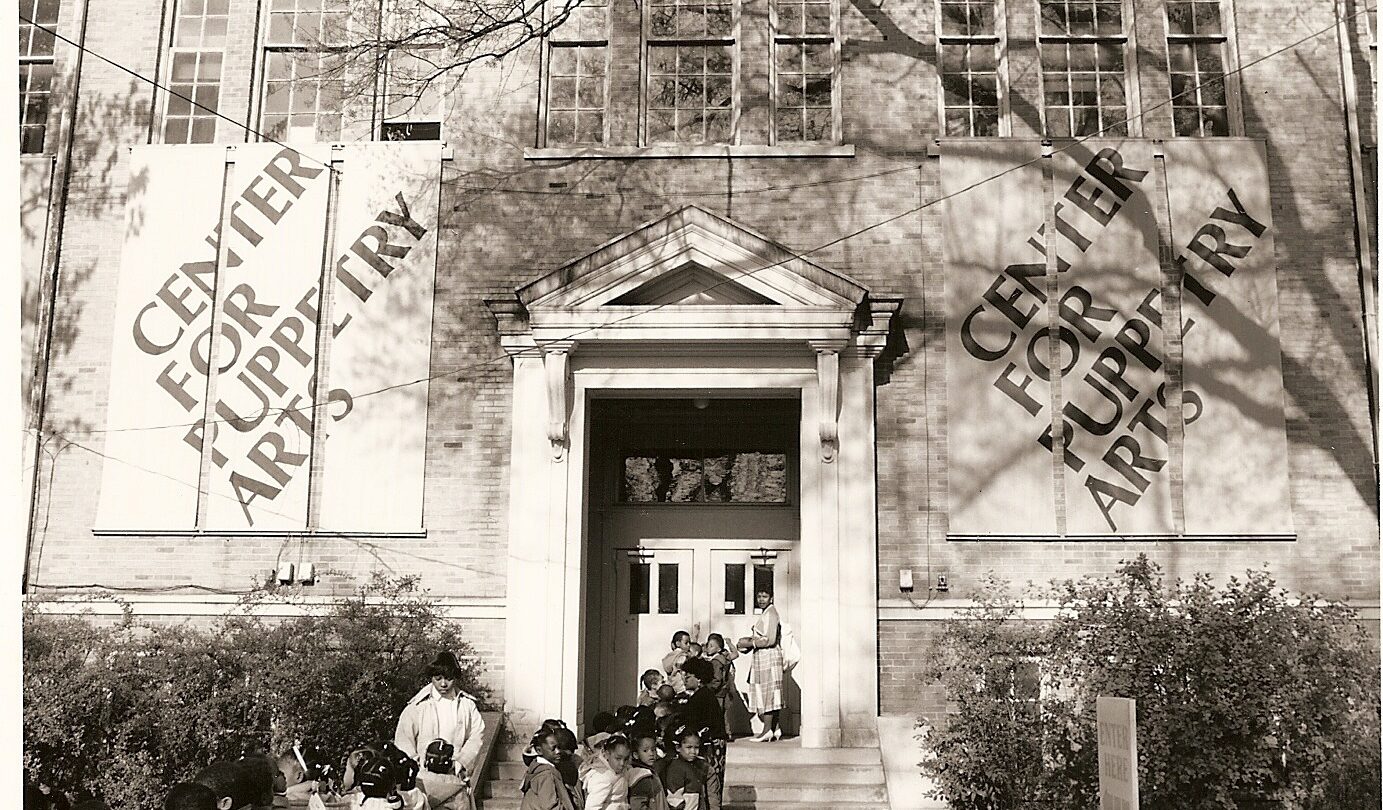
Students visiting the Center for Puppetry Arts, ca. 1970, Courtesy of the Center for Puppetry Arts Archive.
The Center branched out quickly as well. In addition to its performances and Muppet exhibition, the Center opened its first exhibit on international puppetry, Puppetry of China, in 1983. The exhibit drew China’s Minister of Culture as a special guest. The Center for Puppetry Arts’ popularity was broad. Early subscribers to its newsletters included former Mayor and Spring Street School student Ivan Allen Jr., and the only official historian of Atlanta, Franklin Garrett. Its annual Stardust gala (which featured a playable brownie piano) drew stars from across Atlanta and the US, including famed actor, singer, and Rat Pack member Sammy Davis Jr., who hosted in 1986.13
By 1992, the Center for Puppetry Arts had achieved national prominence and was named the headquarters of UNIMA-USA. It was also part of Atlanta’s arts push related to the 1996 Olympic and Paralympic Games. Preparations for the Olympic Arts Festival started in 1994, when the Center launched a $2 million renovation and expansion project that would add the Love Family Atrium to the campus and give the Mainstage Theater a facelift. When the Center participated in the 1996 Festival, it garnered 22,000 visitors from across the world.14
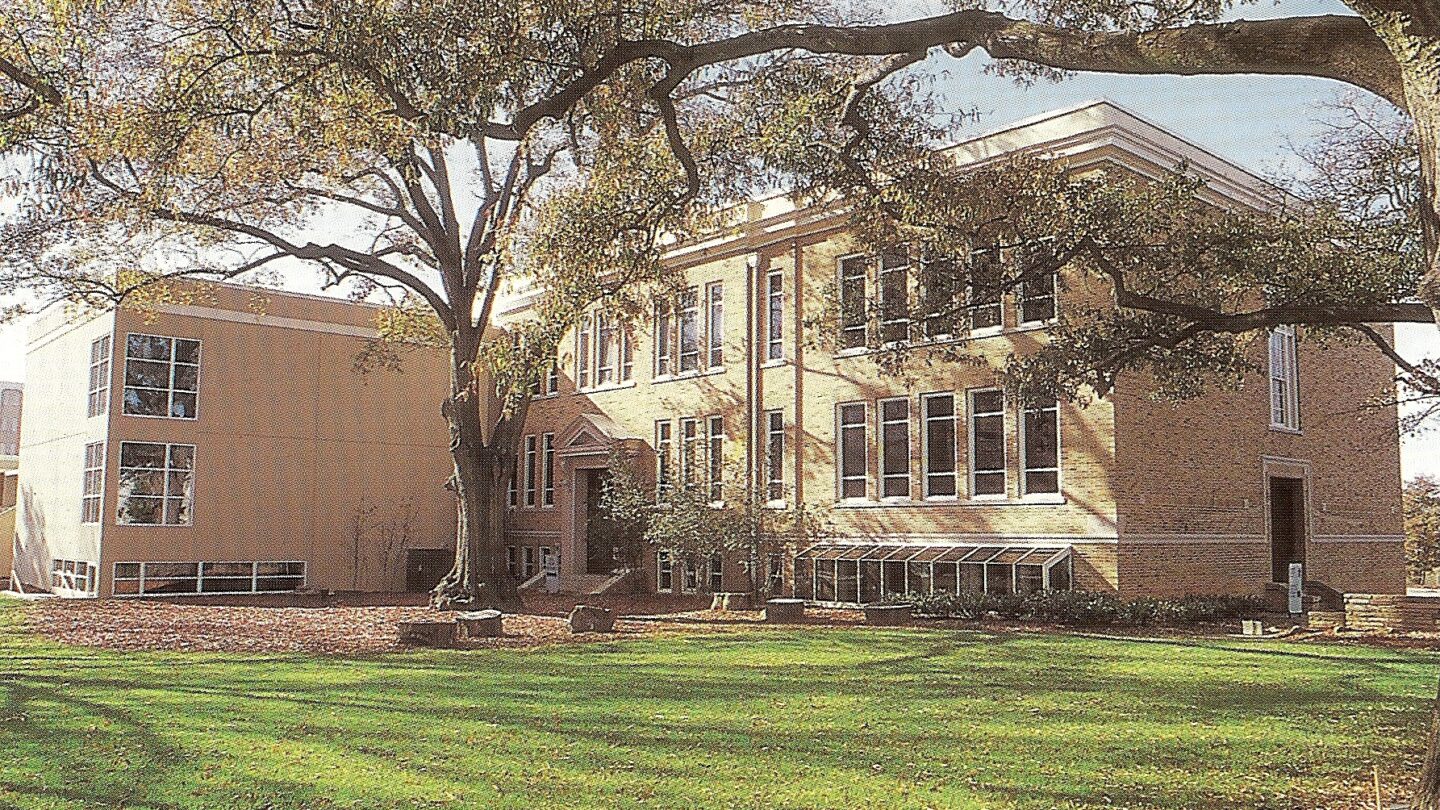
The Center for Puppetry Arts in 2009. The result of the Olympic era renovations/extension can be seen on the left of the original image, built on to the original Spring Street School building. Courtesy of the Center for Puppetry Arts Archive.
In 2007, the Center for Puppetry Arts’ importance to puppetry on a national and international stage was made clear when the Henson family decided to donate their puppet collection to the center. This collection serves as the basis for the Jim Henson Gallery, one of the Center’s ever-rotating permanent exhibits. The exhibit itself features such classic Henson puppets as Big Bird, Elmo, and Miss Piggy, in addition to dozens of other beloved characters like Gonzo (a newer addition) and, of course, Kermit the Frog. The other, the Global Gallery, provides a glance into international puppetry styles and history, supplied by decades of historic gifts and donations, including one on animal puppets sponsored by Judy Garland a very generous Atlantan of no relation to the actress. Puppets in the Global Gallery range all over, from ancient Mayan puppets to Salem Saberhagen, companion to Sabrina the Teenage Witch, to Woody Willow, a Howdy Doody-style Atlanta puppet from the mid-twentieth century. The Center also features a rotating exhibit which currently features Puppetry NOW, an exhibit on Atlanta-based puppeteer Raymond Carr, creator of the AFLAC Duck, and puppet versions of popular cartoon Smiling Friends.
Also in 2007, the Center received a grant that allowed it to build its second distance learning studio, giving the Center further nationwide reach and putting it well ahead of the curve in 2020 when it was forced to close its in-person doors by COVID-19. In 2008, an early collaboration between Atlanta History Center and the Center for Puppetry Arts took place: the History Center hosted an exhibit on Jim Henson and his influence on puppetry and culture: Jim Henson’s Fantastic World.
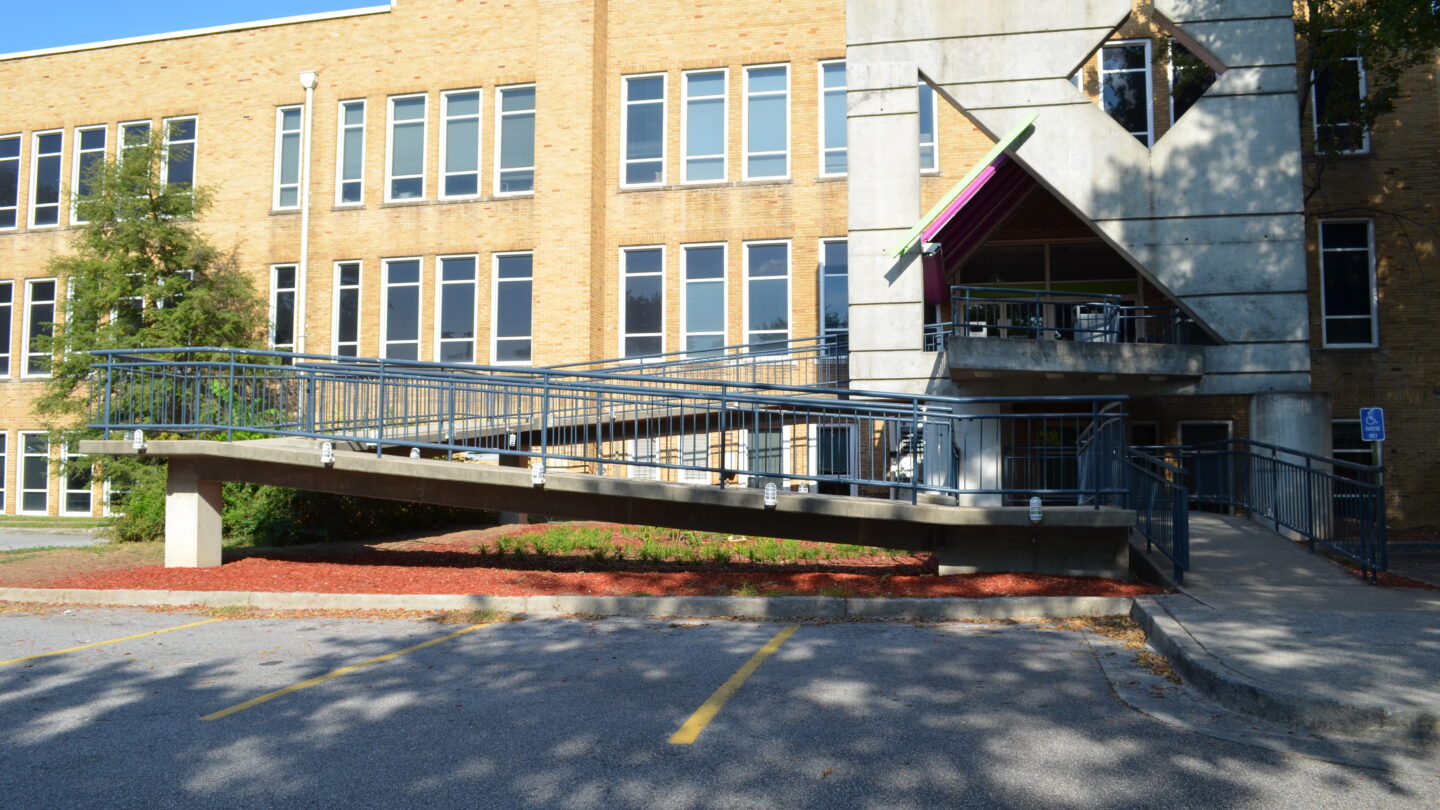
The Center for Puppetry Arts in 2015, shortly after the completion of its most recent renovation. Courtesy of the Center for Puppetry Arts Archive.
Join Atlanta History Center for our latest collaboration with the Center for Puppetry Arts on February 27th, 2025, Party with the Past!

